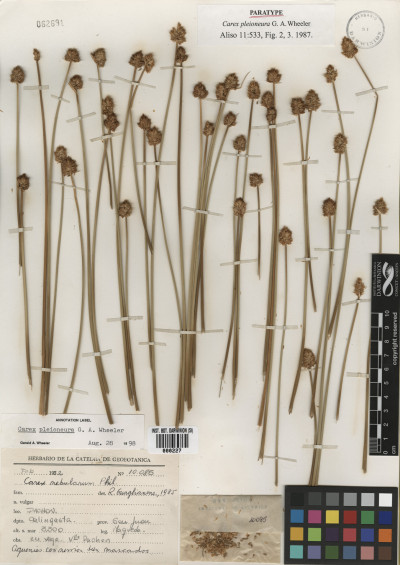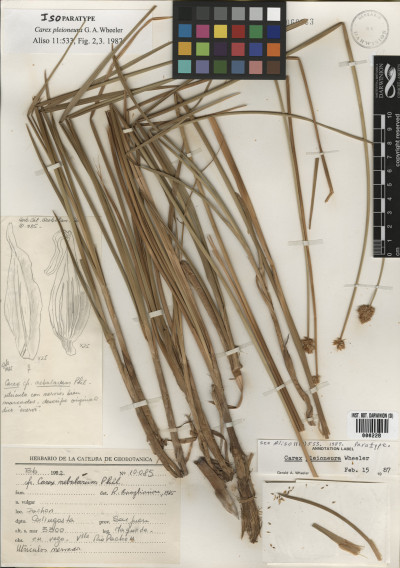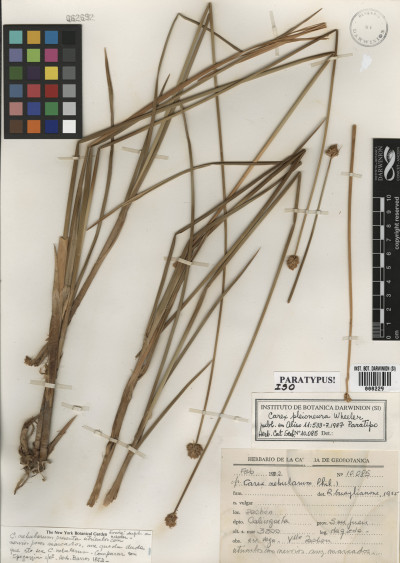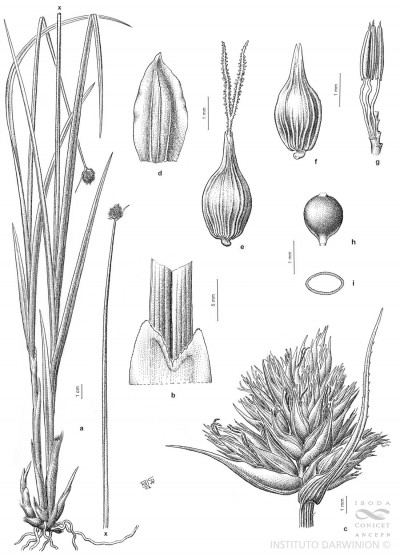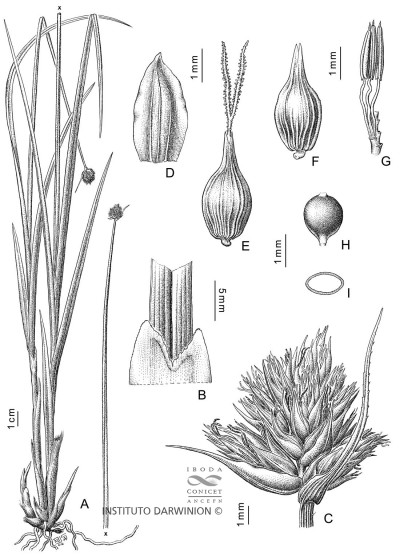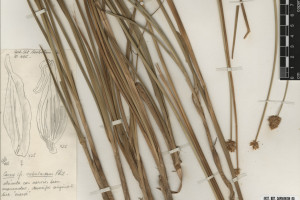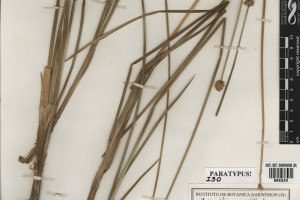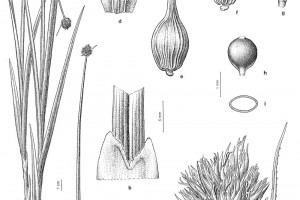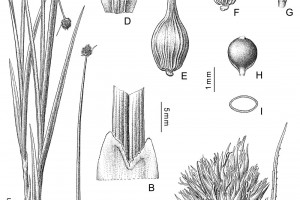Descripcion
Distribucion y Habitat
Distribution: High Andes of central Chile, with a known single location in Argentina (San Juan Province) [85 AGW CLC].
Sinónimos
Carex Carex pleioneura G.A. Wheeler
Bibliografía
Ejemplares de referencia
| Colector | N° Colect. | Especie | Departamento | Provincia | Imagen |
|---|---|---|---|---|---|
|
|
2141 | Elqui | Coquimbo |
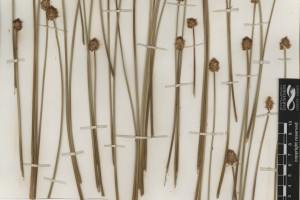
|
|
|
|
-1 | (si 60963) | Calingasta | San Juan | |
|
|
-1 | (si 62691) | Calingasta | San Juan | |
|
|
-1 | (si 62692) | Calingasta | San Juan | |
|
|
10085 | Calingasta | San Juan | ||
|
|
17038 | Aconcagua | Valparaíso |
Nombre Vulgar y Usos
Tipo y Observaciones
Material Tipo: Holotype: CHILE: Coquimbo, Dpto. Illapel, Hacienda
Cuncumén, cajón de los Pelambres, 3000 m, suelo
pantanoso, 9–12 Jan 1932, Looser 2141 (GH-00101841
digital image!).
Observaciones: Iconography: Figures 2P, 3P. See additional figures in
Wheeler (2009: 331, fig. 296).
Etymology: From the Greek pleion, many, and neuro,
nerves, ‘many nerved’ referring to the nerved utricles
of this species.
Notes: The name Carex pycnostachya Desv. has been
often listed as a synonym of C. nebularum. However,
after the examination of the digital image of the selected
lectotype specimen, spike and utricle dimensions point
to C. pleioneura as a much better match. This also
agrees with the geographical location of the types of
the two names. The illustration associated with the
protologue shows a nerveless utricle. However, the
protologue also specifies that the utricles are nerveless
but before ripening (“Utrículo sin nerviosidades
antes de la madurez”). We confirm that the selected
lectotype specimen bears unripe utricles, but even so,
some nerves are observable in two of the utricles in
the envelope. This agrees with our identification of the
specimen as C. pleioneura.
Selected additional references: Wheeler [(1987)
description, (1996b) key, (2009) description].

